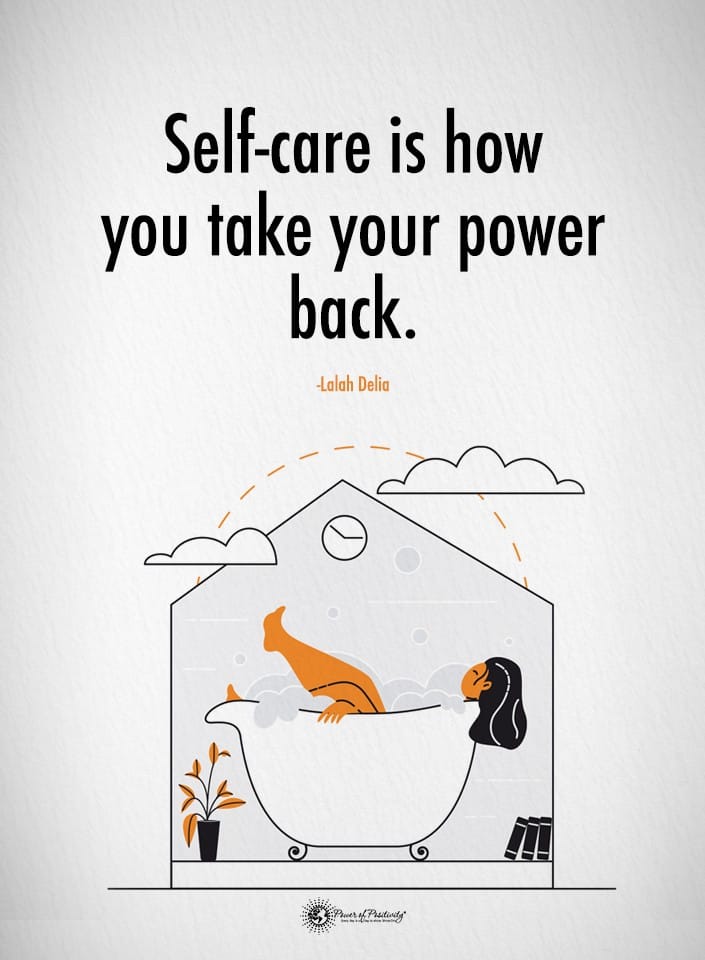Learn the key signs of Reiter’s Syndrome (reactive arthritis).
Reactive arthritis, or Reiter’s Syndrome, happens after a bacterial infection in other body parts. The infection could occur in the intestines, genitals, or urinary tract and might involve Chlamydia trachomatis or bowel infections. During these infections, the body attacks healthy tissue as a defense mechanism.
Someone with this condition might notice joint pain, stiffness, swelling, and other complications. It typically affects the knees, ankles, and feet, but can cause pain in other areas. Reactive arthritis isn’t contagious, but the bacteria that cause it can spread between individuals.
Recognizing the signs of Reiter’s syndrome can help get the necessary treatment. It helps them feel better and healthier once they identify the issue and seek medical attention. Don’t ignore these signs because early recognition and treatment are essential for managing the condition effectively.
Fifteen Key Signs of Reactive Arthritis (Reiter’s Syndrome)
If you experience the signs of reactive arthritis, visit a doctor. It could indicate other issues; each sign requires a professional diagnosis to ensure proper treatment.
1 – Reactive Arthritis Causes Joint Pain and Swelling:
One of the earliest Reiter’s syndrome symptoms is joint inflammation and pain. Inflamed joints often affect the knees, ankles, feet, and other areas. It could also impact the heels, butt, or low back.
Someone experiencing it might notice red, swollen areas at the joints of the limbs, including the knees and ankles. It often manifests as stiffness in the morning or pain at nighttime. They might also notice it in their lower back, buttock, heel, foot, fingers, or toes.
2 – Redness and Warmth in Joints:
Those with this condition often experience redness and warmth in the affected inflamed joints. The inflammation associated with the disease leads to dilated blood vessels, causing an increase in blood flow.
This situation leads to visible redness, joint erythema, and a warm sensation. It most often occurs in the knees, toes, fingers, hips, ankles, and feet.
3 – Morning Stiffness and Joint Rigidity:
Studies show morning joint symptoms can indicate reactive arthritis if someone experiences stiffness and reduced mobility. Inflammation and reduced mobility often cause joint stiffness in the morning or after being inactive. It can also cause discomfort or pain in the lower back of the butt and can cause joints to become rigid and swollen.
4 – Eye Inflammation (Conjunctivitis/Uveitis):
If someone has reactive arthritis, they might experience conjunctivitis or ocular inflammation. They’ll notice eye redness and leaking. With Reiter’s syndrome, they might also have uveitis that contributes to eye pain or discomfort, redness, blurred vision, and light sensitivity
Someone experiencing this issue might not always notice inflammation in their eyes because it’s sometimes hard to see the change visually. If this happens, they can watch for vision changes and other eye issues that indicate inflammation.
5 – Urinary Tract Infection (UTI) Symptoms May Reveal Reactive Arthritis:
Urinary tract infection (UTI) symptoms can indicate Reiter’s syndrome. Watch for painful urination, frequent urination, or other urinary symptoms. It can also cause inflamed fallopian tubes, vulva, or vagina.
Additionally, Reiter’s syndrome can cause prostate gland or cervix inflammation. Sometimes, someone with this disease will experience discharge from the penis or vagina.
6 – Skin Rashes and Lesions:
Reactive arthritis has skin involvement that leads to dermatological symptoms or rash development. Research shows it might cause red, raised patches, scaling skin, or lesions.
These skin issues typically occur on the palms or the bottom of the feet. It could also cause mouth ulcers or genital lesions.
7 – Nail Abnormalities Could Be Reactive Arthritis:
Those with Reiter’s syndrome may experience nail changes, including pitting and ridges. The toenails and fingernails may also change in other ways, including developing yellowing and thickening.
Those with Reiter’s syndrome might notice signs of nail psoriasis, including onycholysis, when the nail separates from the nail bed. They may also experience nail pitting and subungual hyperkeratosis or thickening and discoloration.
It can also trigger signs of paronychia or skin infections around the nails. This condition can also cause pus-filled sores on the folds of the nail bed. These sores are typically red or white and painful when touching them.
Reiter’s syndrome can also involve signs of dystrophic nails that are deformed, discolored, thickened, or have abnormal growth. This condition is often painful and mimics the fungal infection onychomycosis.
8 – Back Pain and Inflammation:
When someone has Reiter’s syndrome, they may experience back symptoms and spinal inflammation. One thing that can occur is spondylitis or vertebrae inflammation that can contribute to pain, discomfort, and difficulty moving.
Those with this condition also may experience sacroiliac joint involvement that causes lower back pain and discomfort that can be hard to live with. It can also lead to sacroiliitis or joint inflammation where the spine connects to the pelvis.
9 – Tendon Inflammation (Enthesitis):
Someone experiencing reactive arthritis may deal with tendon pain and inflammation. Enthesitis is when inflammation occurs where tendons insert into bones. This situation can cause localized pain, tenderness, swelling, or reduced joint flexibility, making moving or walking hard.
Achilles tendonitis is a common situation associated with this disease. It causes pain in the Achilles tendon, often worsening after physical activity. The person may also experience a hard time moving the foot, swelling, redness, or heat.
This situation can also affect other areas of the feet, digits, and other spots where tendons insert bones. A doctor often detects enthesopathy by performing a resistance test. They’ll ask the patient to engage the affected area, and the doctor pushes against it to see if the pain increases.
10 – Fatigue and Malaise May Indicate Reactive Arthritis:
Fatigue and malaise often occur in those with this condition. Research shows they’ll often experience chronic fatigue, low energy levels, and general discomfort. It happens because inflammation and pain don’t allow the body to rest and heal.
Fatigue and malaise negatively impact a person’s overall quality of life. It makes it hard to perform daily activities and live a fulfilling life.
11 – Fever and Flu-like Symptoms:
Studies show a feverish feeling and flu-like illness often occur in the presence of Reiter’s syndrome. It can cause systemic symptoms, including elevated body temperature, chills, and aches.
Someone with this condition might also notice a dry cough, sore throat, headache, and other flu symptoms. Additionally, they may experience a loss of appetite, digestive issues, and trouble sleeping.
12 – Gastrointestinal (GI) Symptoms:
Reiter’s syndrome can trigger gastrointestinal symptoms, including bowel irregularities, diarrhea, and abdominal pain. Someone with this condition might also experience vomiting, loss of appetite, or muscle aches. Sometimes there will be blood in the diarrhea, marking an intestine infection.
If you experience these signs, you should focus on staying hydrated. You’ll also want to get plenty of rest and visit your doctor.
13 – Swollen Lymph Nodes:
Swollen lymph nodes, or lymphadenopathy, can indicate Reiter’s syndrome. Someone experiencing it might notice enlarged lymph nodes throughout the body, including the groin, neck, and armpits. Sometimes the person will have painful, tender nodes, while others may not cause discomfort.
14 – Chest Pain and Breathing Difficulties:
Reactive arthritis can involve cardiac symptoms, including chest pain and shortness of breath due to lung inflammation. Someone with this issue may also experience pleuritic pain, which is pain while breathing. These symptoms require medical attention, so don’t ignore them, hoping they disappear.
It could lead to an abnormal heart rhythm, inflammation of heart tissue, aortic valve insufficiency, and stabbing pain in the chest. Rieter’s syndrome can also cause strain and over-exertion of the muscles around the heart and respiratory tract.
15 – Mood and Sleep Disturbances:
Reactive arthritis can trigger mood and sleep disturbances that interfere with someone’s life. They might experience insomnia, causing debilitating psychological symptoms and preventing them from accomplishing necessary daily tasks.
Studies show that sleep issues can lead to pain, fatigue, and depression, so it’s about more than being tired and grumpy. Reiter’s syndrome can also make someone tense, worried, or irritable.
Reactive Arthritis Triggers:
Reiter’s syndrome in infection-related arthritis with bacterial infections as the triggering factors. Some of the bacterial infections that travel through the bloodstream and cause Reiter’s syndrome include:
- Gastrointestinal: This could include bowel infections from microorganisms entering the gut.
- Genitourinary: These infections involve the urinary and genital It includes urinary tract infections, cystitis, pyelonephritis, and prostatitis.
- Sexually transmitted infection: Bacteria contracted from sexual contact can trigger arthritis.
- Food poisoning: Salmonella, Shigella, Yersinia, and Campylobacter are all bacteria that can come from contaminated food or handling improperly prepared food.
The symptoms of reactive arthritis don’t usually set in until after the infection. It can take two to four weeks for the signs to show.
Final Thoughts on Knowing the Signs of Reactive Arthritis and Seeking Medical Guidance:
Reactive arthritis can affect anyone, although it occurs more often in men and those between 20 and 40. The signs will typically ease within months but sometimes last longer. It might flare up later in life, however.
It happens after an infection in another area of the body. Recognizing the signs can help someone address them before they worsen and impact other areas.
After recognizing Reiter’s syndrome symptoms, consulting healthcare professionals immediately allows the person to receive proper treatment. Early diagnosis is essential for the most effective management and to prevent complications. Someone with reactive arthritis can find comfort and ease the signs as they work through it.




















